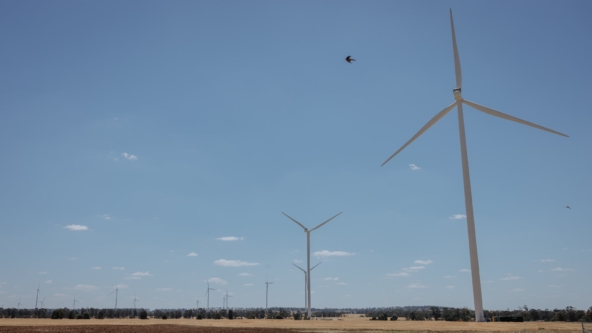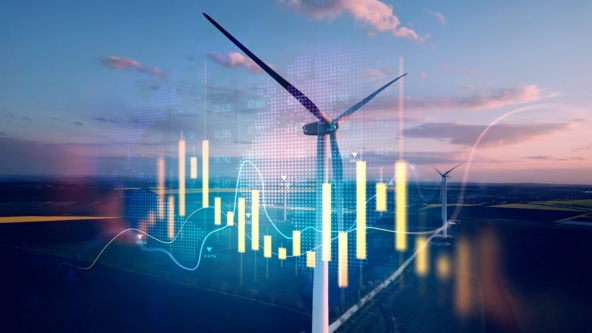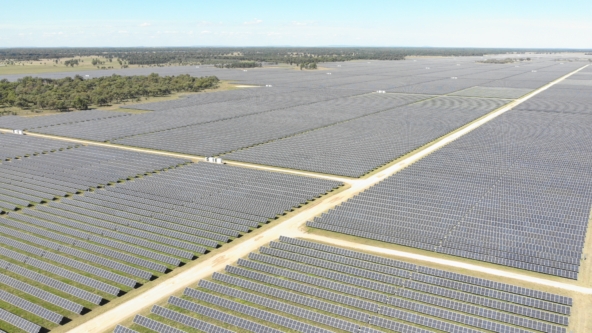Yet more NEM records fall under favourable spring weather
Records continue to fall in the NEM, with favourable spring weather driving high levels of renewable output and low operational demand. The record for highest instantaneous renewable generation was beaten on consecutive days in mid September, with an all time high of 70.6% hit just before midday on 20 September. This coincided with the lowest ever NEM wide share of coal generation, dropping to just 28.5% in the same interval. The continued high growth of rooftop uptake in the NEM also resulted in its lowest ever operational demand, dropping below 12GW for the first time, whilst SA saw negative operational demand for the first time with rooftop solar meeting over 100% of statewide demand on 23 September. On a rolling 12 month basis, the end of winter saw the highest contribution by renewables yet, with 37.5% of demand met by renewable generation. These are encouraging milestones as Australia moves towards its 80% renewable electricity by 2030 target, albeit with a significant increase in the pace of development required for it to be hit.

AEMC to include climate impacts in their rule making considerations

On the 4th of August, the federal government released its Public Consultation paper for the Capacity Investment Scheme (CIS). The CIS is a national framework intended to encourage new investment in clean dispatchable capacity to support grid reliability and reduce the risk of price shocks in the National Electricity Market (NEM) during the energy transition. The CIS is expected to promote $10 billion of new investment and the rollout of 6 GW of clean dispatchable capacity by 2030. The scheme features a novel contract mechanism, like that of the NSW LTESA structure, where a floor and ceiling price are used to share downside and upside risk with the Guarantor – being the government. The scheme is part of efforts to quicken the investment into dispatchable capacity to replace the retirement of both Coal and Gas assets. In NSW, the scheme has been incorporated into the Firming Infrastructure Tender Round currently underway, with further tenders to be announced for South Australia and Victoria in October.
El Nino declared, as AEMO’s 2023 ESOO forecasts potential reliability gaps for summer
In mid September the Australian Bureau of Meteorology officially announced that the El Nino climate driver has come into effect, with an over 80% chance of the median maximum temperature being exceeded across Australia from October to December of this year. This announcement came just weeks after AEMO released its 2023 Electricity Statement of Opportunities (ESOO), in which it forecast potential reliability gaps for the coming summer in South Australia and Victoria, with NSW and Queensland also in danger under extreme conditions, such as those made more likely under El Nino conditions. With Australia’s ageing thermal fleet continuing to operate at historically low reliability levels, a problem exacerbated by extreme heat, the 2023 ESOO highlights the need for an accelerated transition and build out of new transmission, renewable generation and firming capacity

Octopus Australia raises an additional $250m and adds Rest to its investor base.

Did you know?
Solar is now the biggest source of renewable energy in Australia.


